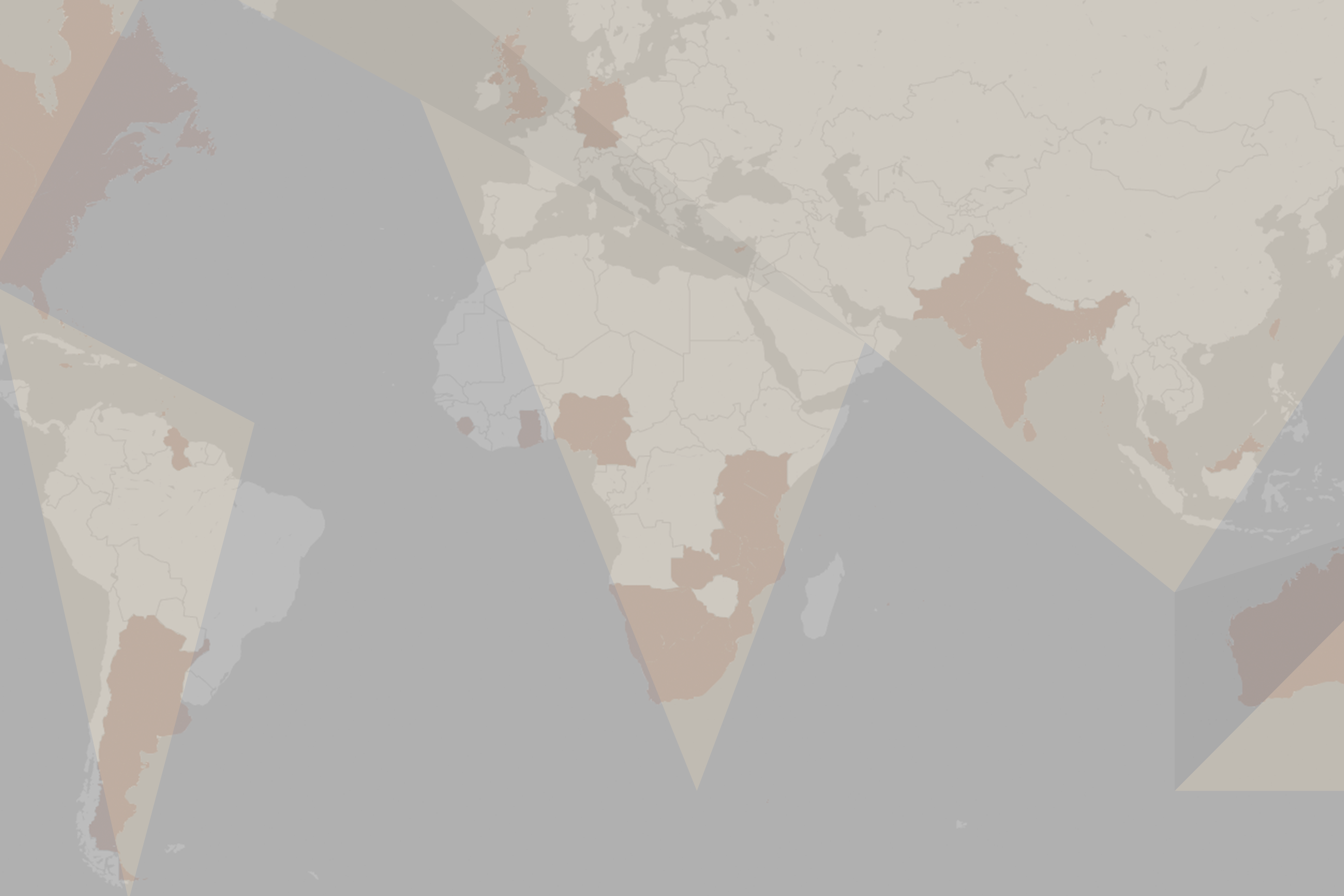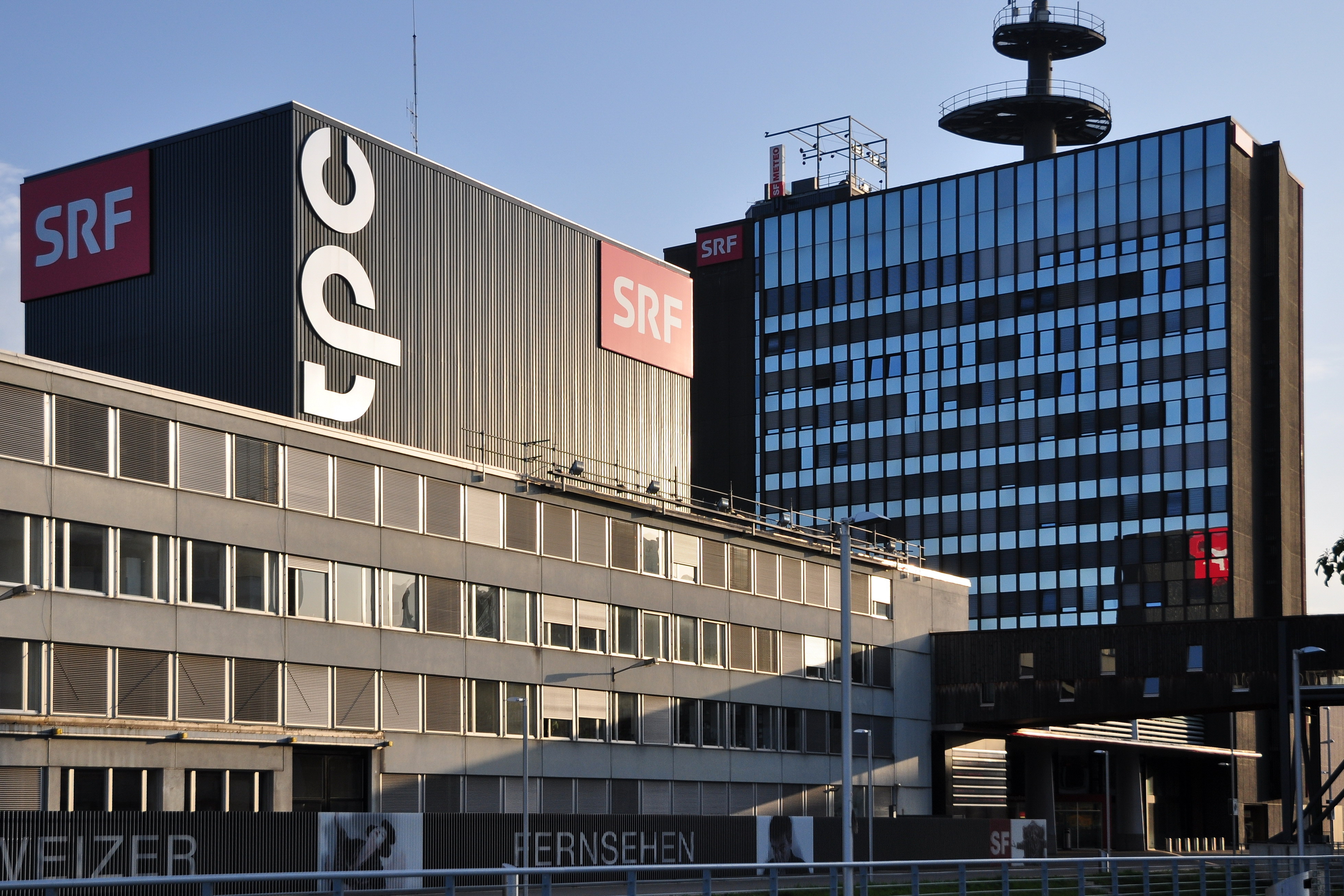As a new manpower audit seeks to transform public broadcasting in India, the media industry is also grappling with the spread of misinformation and #MeToo allegations.
And that isn’t all. With attacks against media workers on the rise, impunity for perpetrators continues to be amongst the highest in the world, making the country a dangerous place for journalists.
In this Focus on PSM we take a look at the latest developments in public media across the country and some of the key issues facing India’s media landscape since June 2018.
In detail
In December, the government started a manpower audit to ‘upgrade’ the public broadcaster Prasar Bharati. The CEO, Shashi Shekhar Vempati, said the focus was on preparing the organisation for the latest technological developments and create a business model that can successfully generate revenue. “It will make the organisation leaner and better equipped to tackle growing competition,” Vempati said.
The audit was conducted following the recommendations that a Sam Pitroda-led expert committee gave to the government in January 2014, and is expected to be completed in approx. eight months time. The audit stressed the fact that Prasar Bharati’s workforce is much bigger in size compared to other public broadcasters around the world. This prompted fears of layoffs, which the CEO dismissed.
“The big change will only be in terms of rationalisation of roles,” Vempati said. “For instance, a large number of engineers who were hired when Prasar Bharati was set up are now being re-skilled so as to put them in new job roles.”
Speaking in December at the CII Big Picture Summit in Delhi, Vempati reiterated that any changes would help to ensure that staff think “digital first” in terms of any content production.
In December, Prasar Bharati also announced that it would close All India Radio’s national channel and its regional training academies in five cities to “rationalise AIR services and in view of the cost-cutting measures”. The move generated discontent among the organisation’s departments as the service was believed to be an important part of the broadcasting schedule.
“These days you can livestream, you can make it an application-based service, there are many other ways of cost cutting,” said a source to the Financial Express. “The effort should have been to strengthen national channel and not close it down.”
> Struggle against WhatsApp’s misinformation
In 2018, India faced mounting misinformation and false news circulating on WhatsApp, contributing to the lynching of 33 people between 2017-2018 – the so called “WhatsApp Killings”.
In November, BBC research found that this wave of misinformation had been fuelled by a rise in populist and nationalistic beliefs coupled with lack of trust in mainstream news outlets.
This dramatic rise in the spread of misinformation is affecting politics too, as targeted messages aim to sway voters in one direction or another, particularly ahead of the general election which will take place in May 2019. Already last year, the private messaging service – owned by Facebook – banned accounts connected to political party in Karnataka as they tried to message thousands of groups.
As a result, WhatsApp launched several radio ad campaigns across the country to try and stop the spread of misinformation and help users to spot false news. In the state of Kerala, authorities have organised media literacy classes for young people on misinformation and how to recognise it, especially when they encounter it on WhatsApp.
> #MeToo
India’s #MeToo movement gained considerable traction in October as women called out print and broadcast media professionals on Twitter – and public media was not exempt. An official from All India Radio was accused of sexual harassment by nine employees and was later demoted and transferred.
However, this has been largely limited to women journalists who work for English-language media, as the movement has barely involved those in other parts of the country who are facing similar issues but cannot “afford to outrage” against sexual harassment.
In other news
> Strategic news partnership with China
In October, India’s oldest and largest media company, The Times Group, launched a strategic partnership with The South China Morning Post (SCMP). This will give Times of India readers access to news from China and Hong Kong, as select content from the publication will be published on Times of India’s digital outlet.
The SCMP started as Hong Kong’s record paper and is now aiming to become a global media company.
India continues to be a difficult country for journalists, especially for Kashmiri journalists who have been facing a number of restrictions and threats.
Throughout the country journalists often face harassment and pressures, especially when critical of the ruling party. Some news channels have been denied advertising and have had their transmission blocked, while many media professionals have been forced to resign from their positions.
Many individual journalists and freelancers are also living in a dangerous conditions, receiving threats offline and online, with trolling and digital bullying becoming increasingly prevalent.
And as harassment and attacks intensify, impunity continues to be rife as many perpetrators get away without being charged or even investigated. Investigations often progress at a snail’s pace, especially when they involve murders. With 18 unsolved cases, India sits at 14th in the CPJ’s 2018 Global Impunity Index, which it has been part of for 11 years. India also ranks fifth in the world’s ‘deadliest’ countries for journalists, according to a report by Reporters Without Borders (RSF).
There has been a slow uptake of podcasting in India. This is mainly due to a lack of involvement from the advertising industry and the predominance of content in the English language. Slowly but surely however, audiences have been growing across the country, especially among young people who are increasingly producing their own content.
The links above are to original stories, which are not produced by PMA. ‘Focus on PSM’ brings together stories from regions experiencing periods of heightened debate about the role of public media, media independence and media freedom. PMA does not necessarily endorse these stories nor do they necessarily reflect the view of PMA.
Header Image:New Dheli, India. Credit: Andrzej Wrotek/Creative Commons



